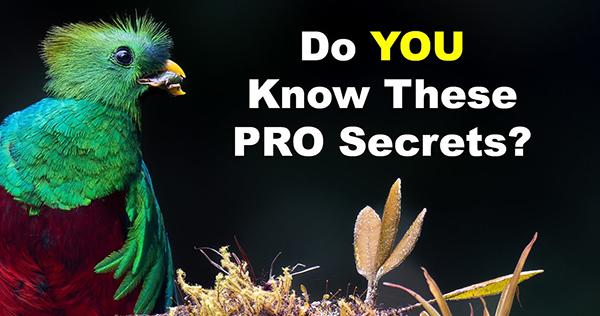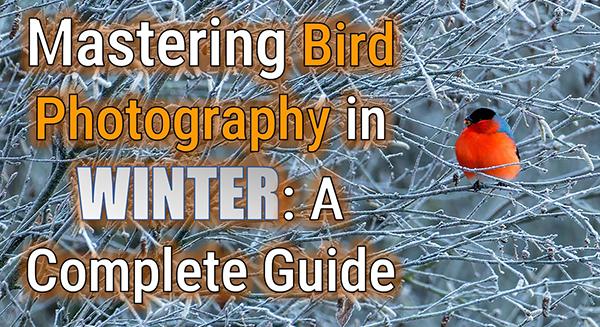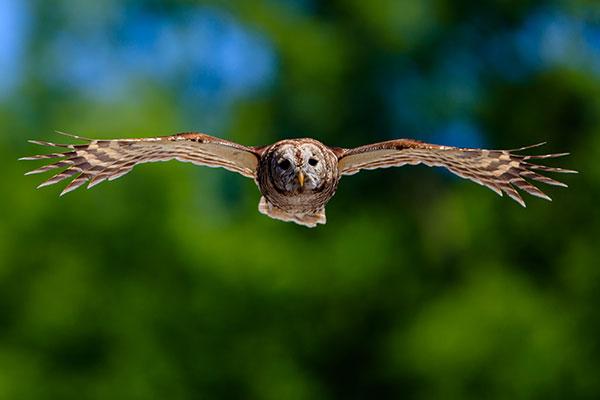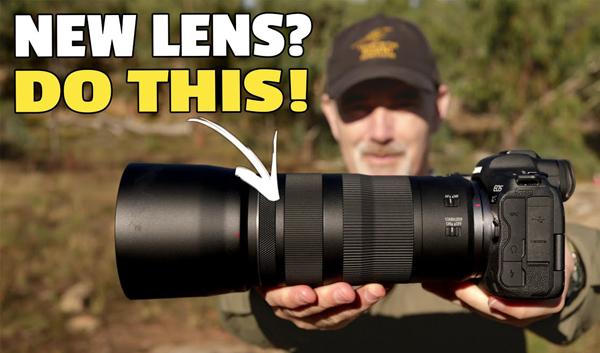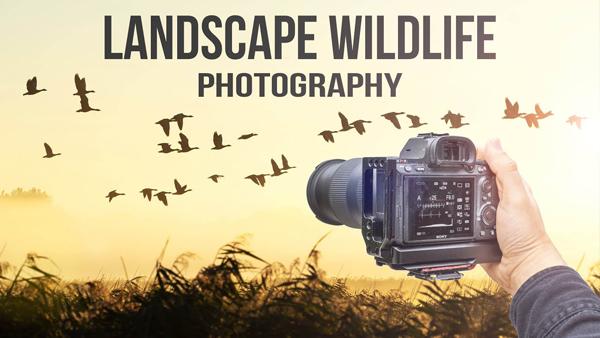Wildlife Photography How To
Sort By: Post DateTitle Publish Date
|
Aug 30, 2023
|
Aug 18, 2015
|
Oct 21, 2016
|
Feb 10, 2017
|
Feb 01, 2018
|
May 16, 2024
|
Jun 13, 2013
